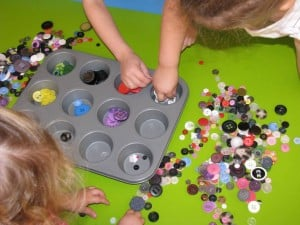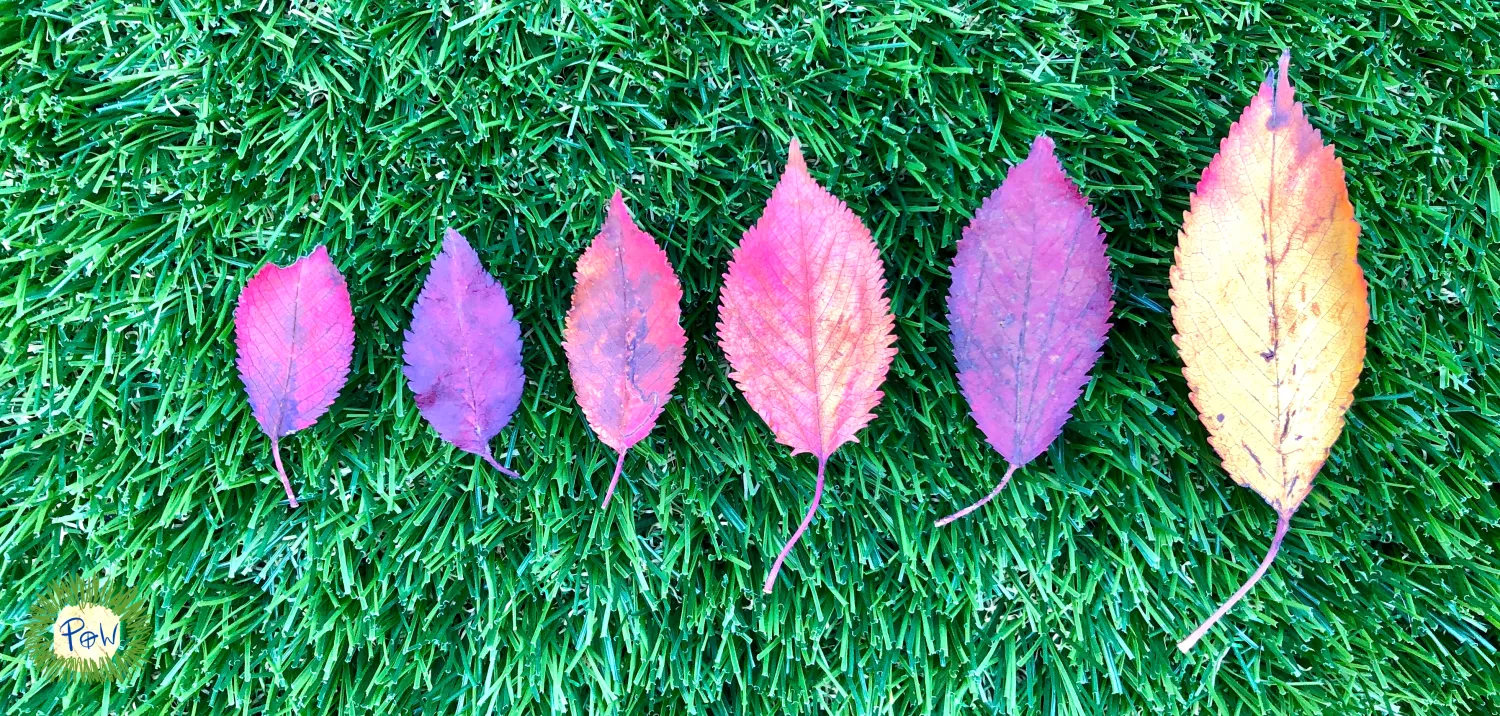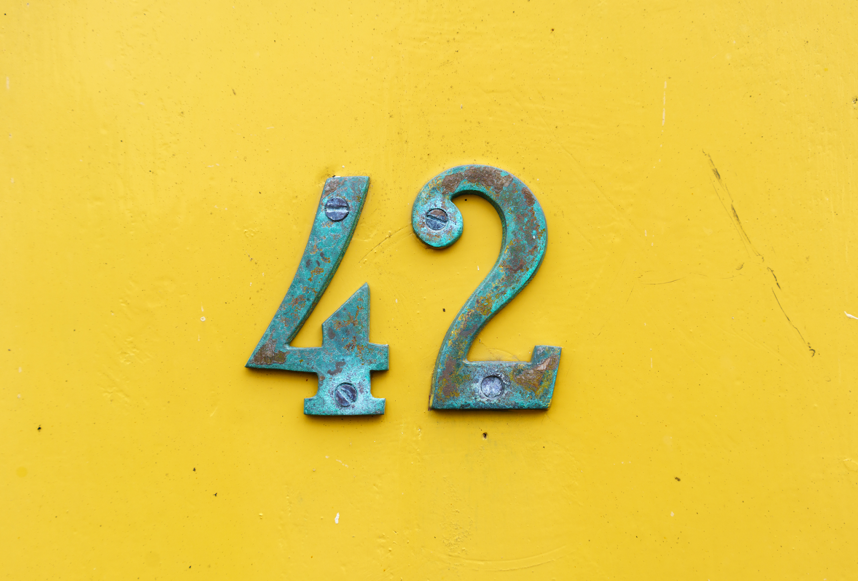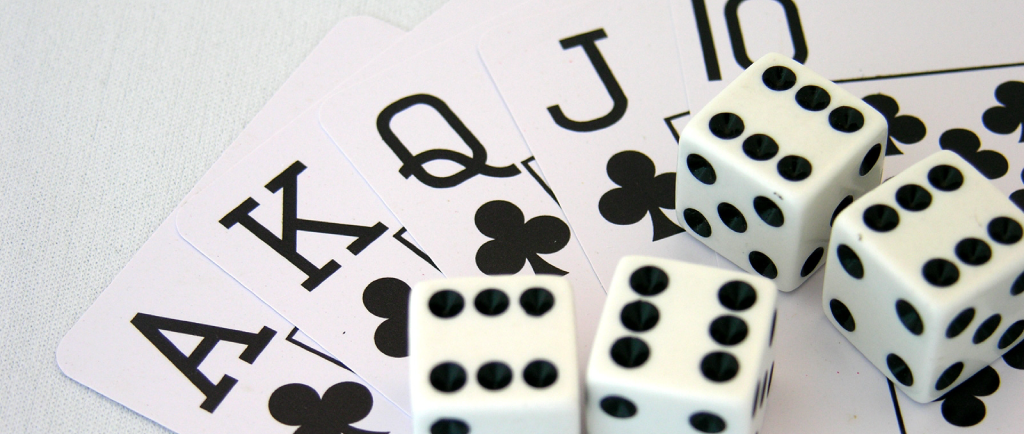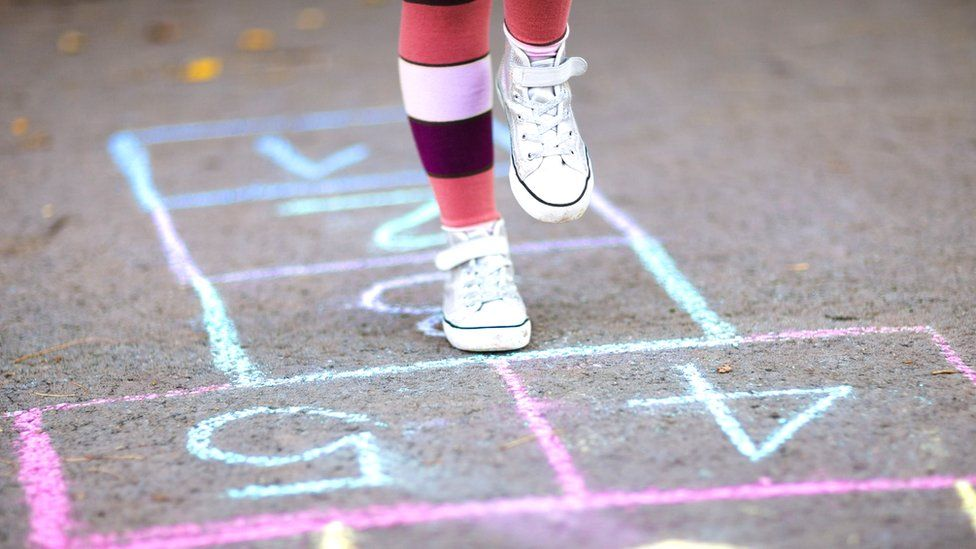Learning and Teaching
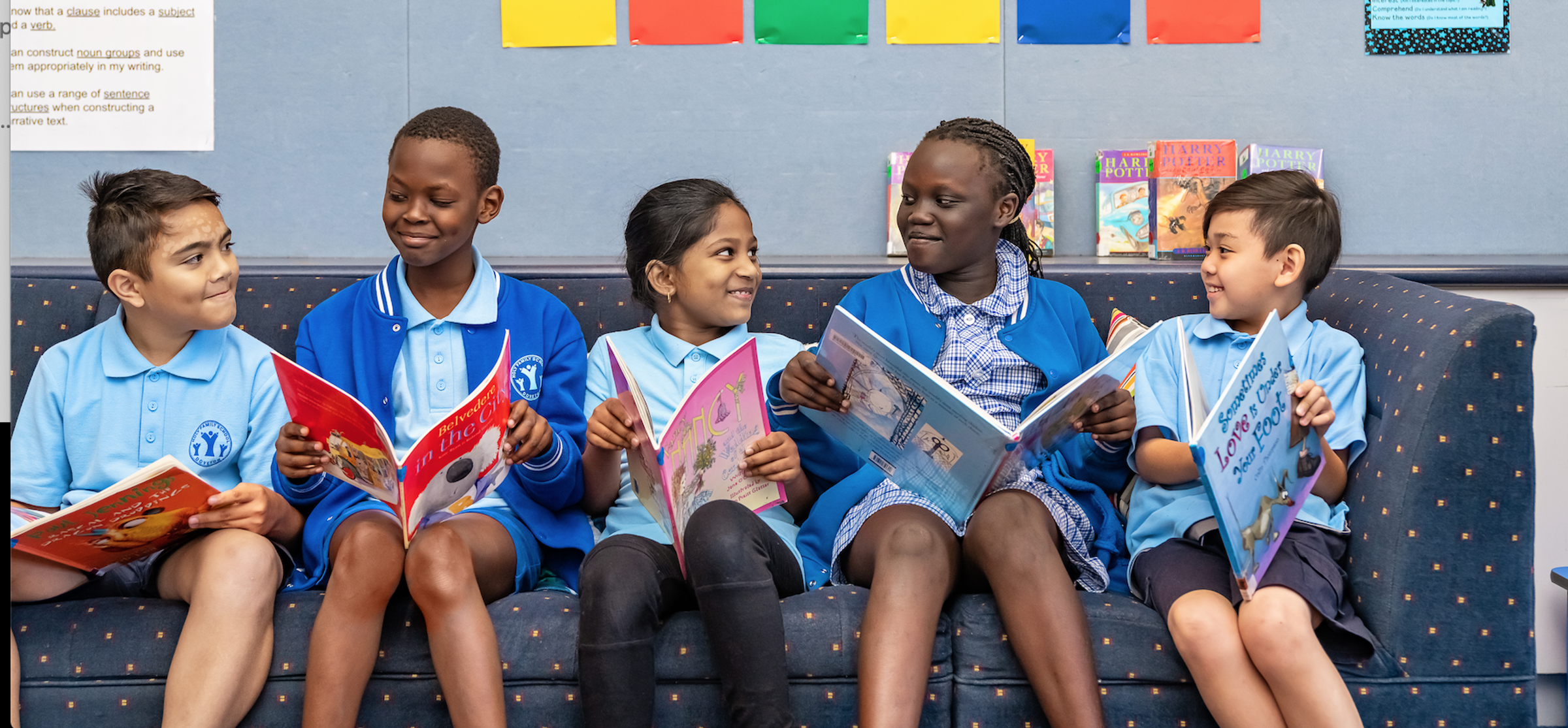
Maths is Everywhere, Every Day!
There are many ways to involve your child in mathematics every day.
Sorting
What different categories can you come up with when sorting everyday items? We can sort clothes by type, who owns them, size, age, colour. Sort cutlery, leaves, LEGO bricks, rocks, toys, cups, buttons etc. Some things are easier to sort than exercise.
Ordering
After sorting comes ordering. Most of the objects listed for sorting can also be ordered. There are some very important words around ordering which help with reading as well as maths e.g. first, last, bigger, biggest, longer, longest, older, oldest, more, less, fewer, heavier, lighter. For older children, it can be a challenge to know how to order things with more than one characteristic. For example, how do you order books? By length, the number of pages, height on the shelf, thickness etc. LEGO bricks have multiple dimensions, so ordering them can provoke interesting discussions.
Counting
Counting is one of the most obvious things that we like to teach our children. Make up a story about a monster eating all the forks, starting with 6 forks and working down to zero. Then there is skip counting. One popular teaching activity is called “counting collections”. Get a pile of something – maybe milk bottle tops. Guess how many there are. Then start counting in ones. Teach how to put them into piles of ten, and then count them. Have a game to see how well you can guess how many things there are. Collections could include clothes pegs, toy cars, spice jars, stones, socks.
Numeral recognition
Numbers are all around us. Go for a walk and get your child to notice the numbers around the neighbourhood. They are everywhere! Letterboxes, posts and signs are good examples. You could have a treasure hunt to find and take photos of different numbers.
Measuring
Measuring is a fun and active mathematical activity. You start with comparing which things are longer or heavier or thicker – and again there are lots of words to learn. Get some coloured water and tip it into different containers. Children will find it amazing that the same volume of water can look so different. Who can guess how high the water will go in a different container? For older children, you can teach them how to use the scales on the side of a measuring cup. This is much easier for children to learn at home, where there is one-on-one attention and some equipment. See if you can put objects in order of weight, and then check using the scales.
Shapes & Objects
Just like numbers, shapes are all around us! Go for a walk and go on a shape treasure hunt. Make it different by looking for 3D objects (cubes, spheres, cones, etc.) as well as shapes.
Board and card games
As children get older, they like to play games – board games and card games. These games do not need to be labelled as educational for there to be mathematical benefits. Roll and move games like snakes and ladders and Ludo provides practice subitising (recognising the number from the dots) and counting. Dice games also help develop an understanding of chance and probability. Most games have mathematical underpinnings. Why not learn a new card game or two during the holidays? Playing Card Decks had over 40+ card games to learn.
Movement
Children love to move and there is a great opportunity for mathematics in movement. Estimate how many steps it will take to get to the next lamp-post, then check. Is it the same for the child as for the parent? Why or why not? How far can you jump? How many swings can you get without pumping again? Give directions – go ten steps forwards then turn right, then ten steps forward etc. Play hopscotch. Draw numbers on the ground with chalk and jump from one to another.
Source: https://creativemaths.net/blog/family_maths/
Lea Drury
Maths Leader

